Sauces are a culinary staple, adding flavor, texture, and visual appeal to a wide range of dishes. Whether you’re a seasoned chef or a home cook just starting out, mastering the art of sauce making is a valuable skill. At its core, sauce making involves combining a few key ingredients:
-
Thickening Agent: The foundation of many sauces is a thickening agent, which gives the sauce its desired consistency. Common thickening agents include flour, cornstarch, and arrowroot. These starches absorb liquid and swell when heated, creating a viscous texture. The type of thickening agent used will depend on the desired consistency and flavor profile of the sauce.
-
Fat: Fat plays a crucial role in sauce making, providing richness, flavor, and a velvety texture. Butter is a popular choice for sauces, but other fats such as olive oil, vegetable oil, or bacon fat can also be used. The type of fat used will influence the flavor and aroma of the sauce.
-
Liquid: The liquid component of a sauce provides the base flavor and volume. Common liquids used in sauces include water, stock, milk, cream, wine, and fruit juices. The choice of liquid will depend on the desired flavor and consistency of the sauce.
Beyond the Basics: Enhancing Sauce Flavor
While the three main ingredients form the foundation of a sauce, additional elements can be incorporated to enhance its flavor and complexity:
-
Aromatics: Aromatics, such as onions, garlic, shallots, and celery, provide a flavorful base for sauces. Sautéing these aromatics in fat before adding other ingredients helps release their flavors and create a rich foundation.
-
Herbs and Spices: Herbs and spices add depth and nuance to sauces. Fresh herbs, such as basil, parsley, and thyme, can be added towards the end of cooking to preserve their delicate flavors. Dried herbs and spices can be added earlier in the process to allow their flavors to meld with the other ingredients.
-
Acid: A touch of acidity can brighten and balance the flavors of a sauce. Lemon juice, vinegar, or white wine can be added to cut through the richness of the other ingredients and enhance the overall flavor profile.
Mastering the Art of Sauce Making
With the right ingredients and a little practice, you can create delicious and versatile sauces that will elevate your culinary creations. Here are a few tips to help you master the art of sauce making:
-
Start with a Roux: A roux is a mixture of equal parts fat and flour cooked together until it forms a smooth paste. This is a classic thickening technique that provides a rich, velvety texture to sauces.
-
Control the Heat: Sauces require careful temperature control to prevent burning or curdling. Cook sauces over medium heat and stir constantly to ensure even cooking and prevent lumps.
-
Taste and Adjust: As you cook your sauce, taste it regularly and adjust the seasonings as needed. The balance of flavors is crucial, so don’t be afraid to add more herbs, spices, or acid to achieve the desired taste.
-
Experiment with Ingredients: Don’t be limited to the traditional ingredients listed above. Experiment with different combinations of thickening agents, fats, liquids, and flavorings to create unique and flavorful sauces.
With a little practice and experimentation, you’ll be able to create a wide range of sauces that will transform your culinary creations into unforgettable dining experiences.
1 – Béchamel or Basic White Sauce
To make a white sauce, combine roux, milk, and pepper. White pepper is what you would use to make a real, authentic white sauce so that it stays entirely white. However, since I don’t like white pepper very much, I use black pepper instead.
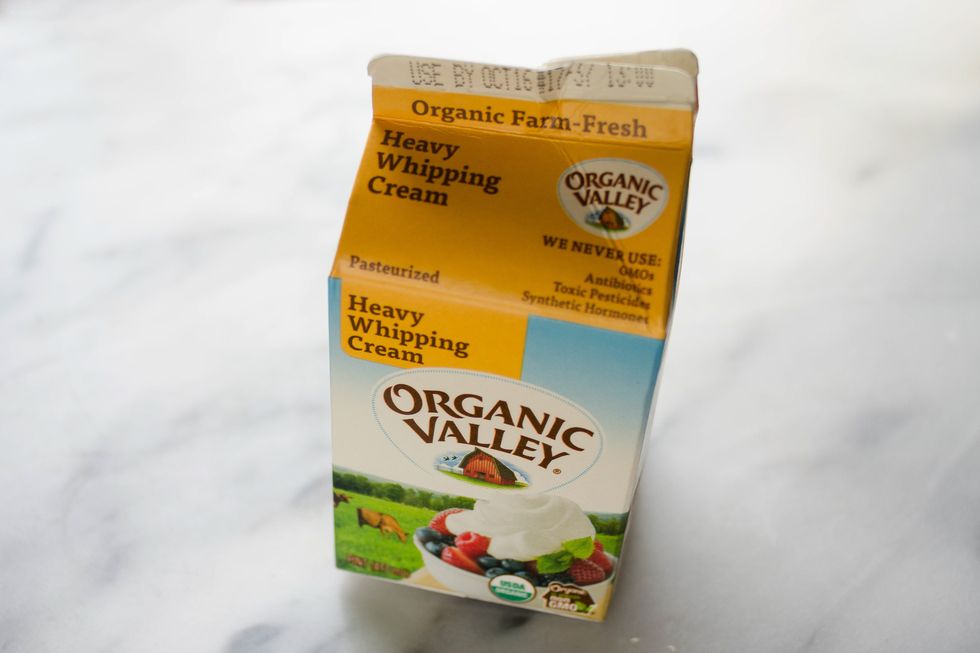
To create a richer sauce, you can also substitute cream for some of the liquid.

As stated in my previous post, begin by preparing a white roux. Add salt and pepper. My preference is to start with 1/4 teaspoon of salt for every cup of milk.

Now add your milk.
While some people recommend using warm milk, others maintain that using cold milk will prevent lumps. I find that using cold milk eliminates lumps and, if heated beforehand, saves time and dishes.
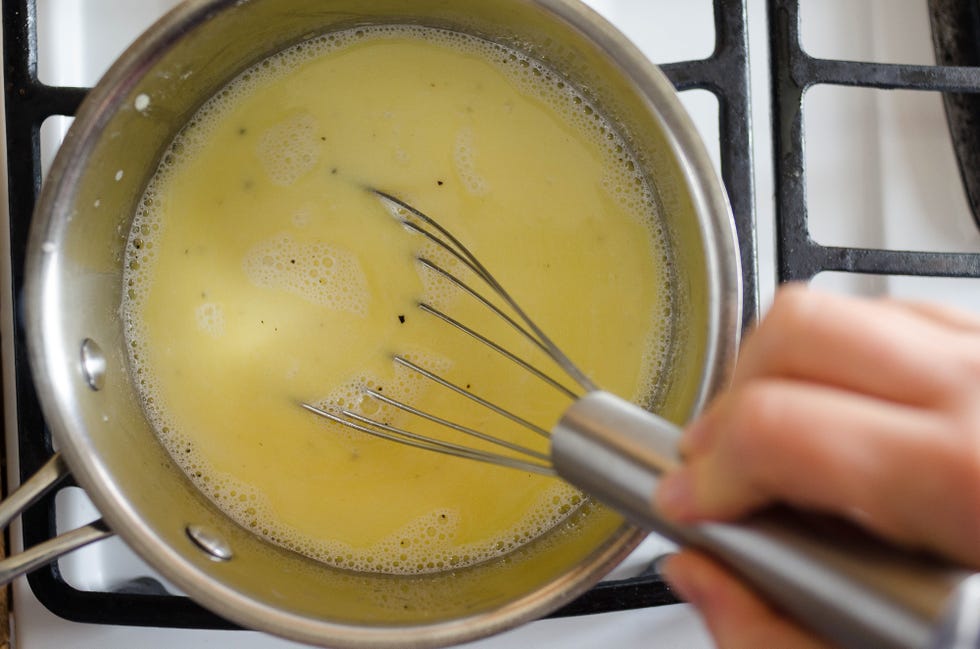
I believe that the method of adding the milk matters more than the temperature. Add it gradually; stir in about 1/4 or 1/3 of the milk at a time, whisking vigorously. Once everything is well-combined and smooth, add additional milk little by little. This method of gradually adding the milk helps to blend it with the roux, reducing the likelihood of lumps forming.
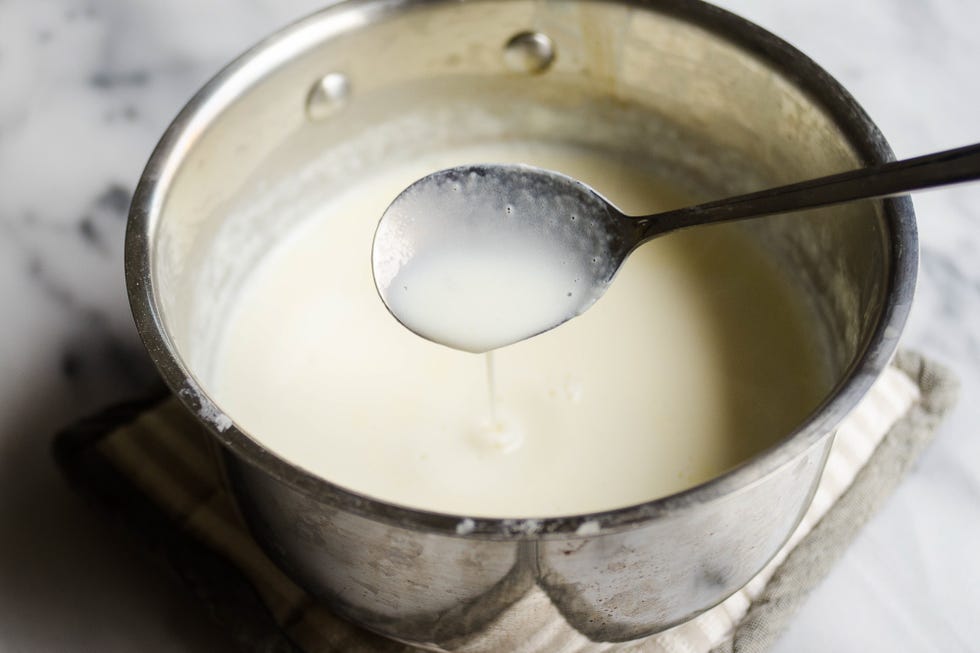
Naturally, the amount of flour you use will determine how thick your sauce is. This is the appearance of a sauce that has one tablespoon of butter and flour for every cup of milk. Just barely thickened. This is good for thickening soups just a tad.
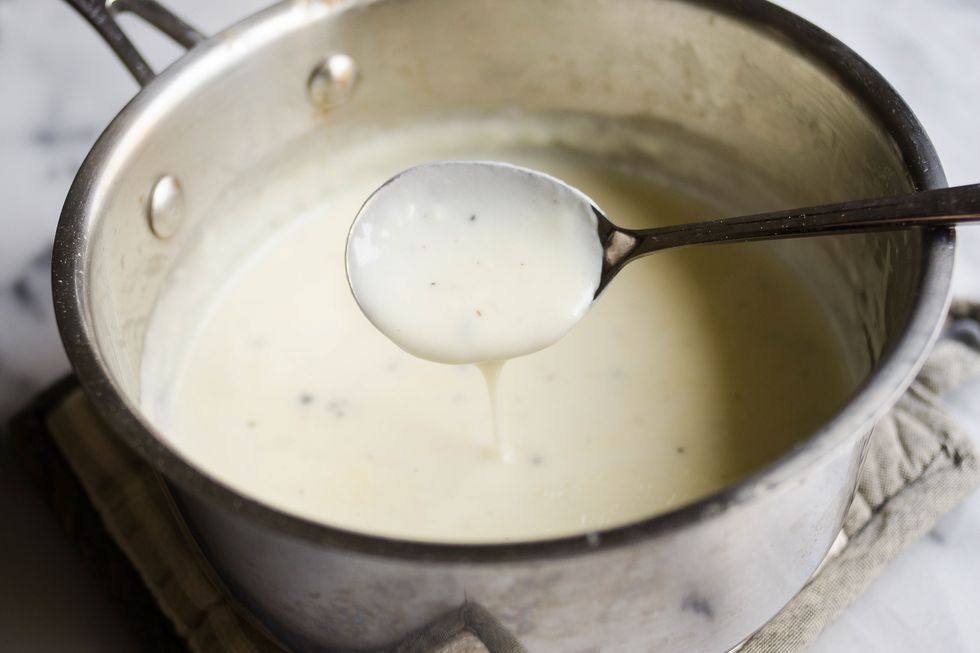
This is the appearance of a sauce that has two tablespoons of butter and flour added to each cup of milk.
This thickness works well for casserole fillings, chicken pot pies, etc.

And this is the appearance of a sauce prepared with 4 tablespoons (or 1/4 cup) of butter and flour for every cup of milk.
I don’t recommend going much thicker than this. This thickness is what I like to use for pizza sauce. A thin white sauce on pizza will cause the crust to become soggy.

Other sauces, like an American-style Alfredo sauce, are made with béchamel sauce as their foundation. You can also cook some garlic with the roux, add some dried or fresh oregano or basil, and grated Parmesan cheese. Boom. A quick-and-easy cheater Alfredo sauce.
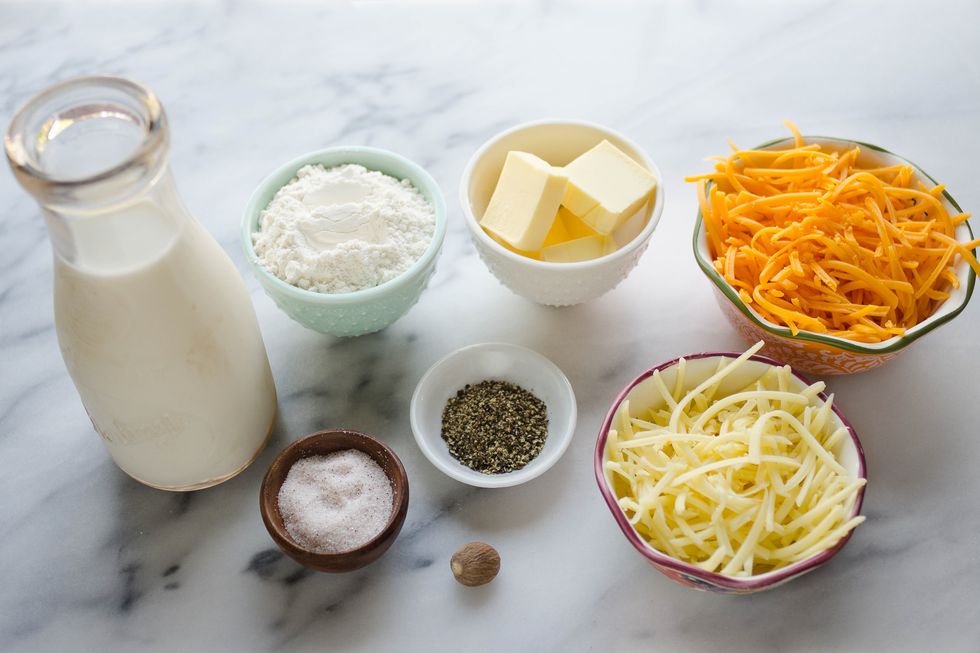
5 Mother Sauces in 5 Minutes
FAQ
What are the 3 important ingredients used in most sauces?
What are the 3 sauce making methods?
What is basic sauce made of?
What acidic ingredients are used in sauce making?
Vinegar and lemon juice are two popular acidic ingredients used in sauce making. Vinegar comes in various types, such as white wine vinegar, red wine vinegar, and balsamic vinegar. Each type has its own distinct flavor profile, ranging from mild and slightly sweet to bold and tangy.
What is the recipe for Hoisin Sauce Five Spice?
Here’s a recipe you can try: 4 tablespoons of shoyo (soy sauce) 2 tablespoons of black bean paste or peanut butter 1 tablespoon of honey or molasses 2 teaspoons mirin (rice vinegar) 2 teaspoons sesame oil 1/8 teaspoon garlic powder 1/8 teaspoon black peppercorns 20 drops of chili sauce. Mix all the ingredients together until smooth.
What is a sauce made out of?
Sauces add: Generally, a sauce consists of a liquid, a thickener, and seasonings. Commonly used liquids include milk/cream, broth, and cooking wines. The most common thickener is a roux (equal parts flour and oil). Starch creates a liquid slurry, though it may not be as flavorful. Egg yolks act as thickening agents for creamy sauces or custards.
How many ingredients are in a white sauce?
This simple white sauce recipe contains only 3 ingredients: butter, flour and milk (which, when combined, can only produce one colour – white!). And the only ‘tricky’ bit to making it successfully is knowing which ingredient comes first, second and third. Because if you use the wrong sequence your sauce is likely to be lumpy.
